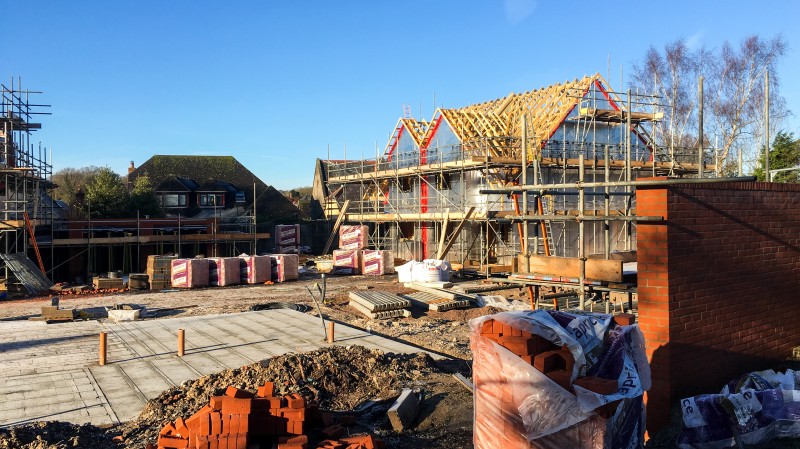You are here: The property market – London’s influence
What with inflation, economic growth and general confidence increasing in recent times, the property market of today is very different to that of 30 years ago. With regards to the house prices, those which have seen a major rise as a result of inflation but also through an increased demand for housing as people see higher real wages/incomes. Consequently, the property market has seen a step spike, in 1975, average house prices were £10,388, in and 2016 average house prices were £198,564. Consequently, in today’s property market the current trend is to rent in contrast with 1991 in which more 25-34 year olds owned a house than not, 25 years later only 35.8% do. This is often because house prices in today’s market are so much more than earnings for instance, the average house price in the UK is 7.77 times average UK earnings, whilst in London average house prices are 13.24 times higher than average UK earnings, meaning that unfortunately often mortgages are unattainable. From a different angle it is clear to see why in today’s property market people are prone to rent rather than buy as wages have been unable to rise alongside the rising house prices, especially in London. “In 2001 just 15 per cent of Londoners rented — it was what you did for a few years before you bought a flat. Now, around one in three of the capital’s residents belong to Generation Rent and many believe they will never own a home”. This is because with regard to London house prices have risen 518% since 1996 whilst wages of an average Londoner have only seen a 47% increase.

In the UK housing market London stands out. Often, nowadays people would associate London with astronomical house prices out of the reach of most people, and this is the case regarding the past 10 years as London house prices have outstripped those in the north of the country, for instance an average London house is 4 times more expensive than that of an average house in Liverpool at £118,800. However, in even more recent times the London property market has seen a fall of -4% in terms of house prices, this is because of a mass exodus of people leaving the capital in favour of a life elsewhere, most popular destinations include Brighton and Birmingham. Furthermore the fall in London house prices illustrates the dependency that which the property market has on London house prices as in correlation with such slowing down other areas have begun to experience a fall as well, for instance in Cambridge whereby house prices fell by 0.9%. In comparison, in 1983 there was less of a dependency or gap between the London house prices that which were around £48,000 compared with £46,000 for an average UK house outside of London.
This inequality within the property market in which London dominates whilst other major cities suffer is therefore seeing a narrowing of the gap, on part because of the slowdown of London house price growth but also thanks to an increased demand for housing elsewhere causing the price of those houses to increase, as seen in Newport that which has seen a growth rate of 10.9%. It could certainly be said with regard to these figures that the UK property market is reverting back to what it was like 30 or so years ago in which there was much more equilibrium and balance across house prices in the UK. This could also be thanks to a search for financial stability following the financial crisis in 2008, banks have become much more stringent with regard to lending, and “in fact the number of mortgages granted to first-time buyers in London has slumped by over a tenth, while rising elsewhere”.
Article written by Nicholas Berry Green (a sixth form student)